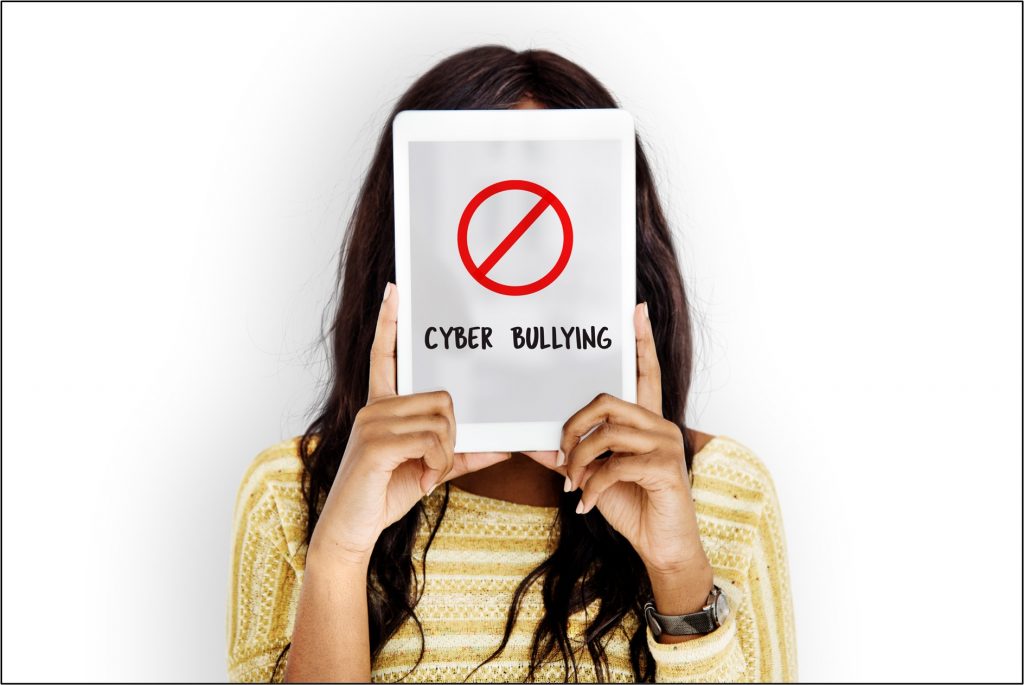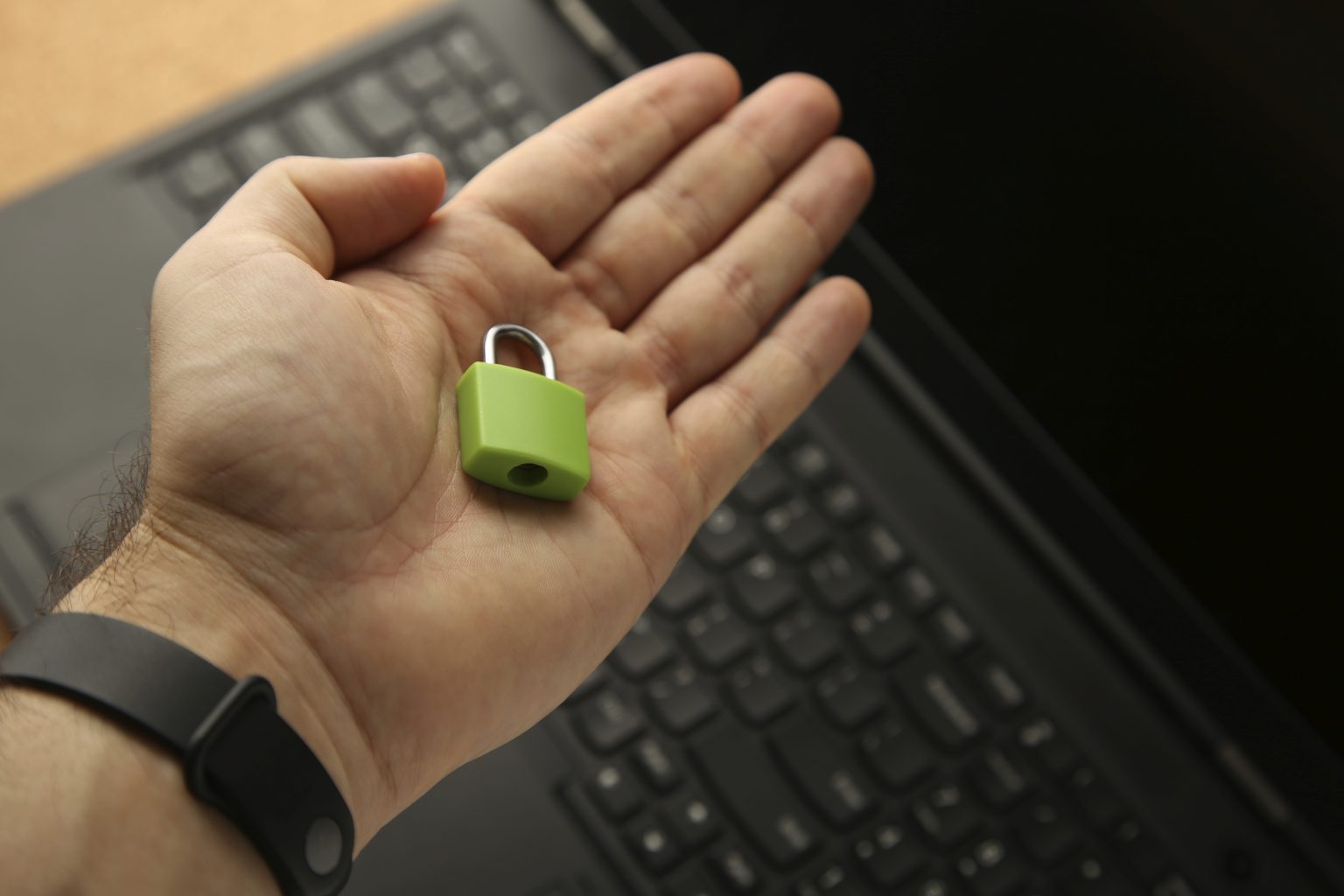World Mental Health Day was recently celebrated globally on 10 October 2024. The World Federation for Mental Health yearly launches campaigns emphasizing the importance of mental well-being. Every year, the organization chooses a specific theme to raise awareness of mental health problems and advertises it globally, primarily via social media. In today’s hyper-connected world, social or digital media is the easiest and fastest way to convey and promote a message to a bigger audience. However, it is notable that WFMH has yet to focus on the mental toll social media gives its users. Analyzing the thematic data of the last five years’ World Mental Health Day, the prominent themes are mental health at the workplace, dignity, and mental health as a universal right. Surprisingly, the topic of digital mental health or social media’s effect on mental health has not been highlighted on a global scale. Though mental health experts and researchers have explored this dimension, this topic urgently needs a serious and immediate discussion on a larger scale to protect the mental well-being of SoMe users.
Social media is a collective term and a broader canvas for communication and integration. It has become integral to people’s daily lives, allowing them to exchange and access information easily. However, despite its widespread use and technological supremacy, its darker side threatens the mental well-being of its users. This article highlights the murkier side of social media by addressing cyber threats and privacy invasions and their psychological impact on users. It also suggests useful tips to ensure online safety and emphasizes the importance of maintaining mental balance in the digital age, where online interactions are increasingly prevalent.
Understanding Cyber-threats and their impact on mental health
Cyber threats are not just isolated incidents but pervasive issues that affect social media users worldwide. They include activities by individuals with harmful intentions that aim to steal and misuse people`s data. Since the rise of social media, especially after the pandemic, several cybersecurity-related cases have been reported worldwide. The image below is the graph from the Global Financial Stability Report 2024, exhibiting the intensity of cyber crimes in the financial sector after COVID-19.

Cybercrime experts have identified several types of cyber threats, but this blog has discussed only the prominent and commonly reported by victims.
Identity theft and Account Hacking
People using social media commonly face identity theft and account hacking on social media. Cybercriminals hijack people’s social media accounts and steal their data for misuse and exploitation. This problem is not confined to social media accounts but also affects the banking or finance sector. Hackers access bank data and steal people’s personal information and bank accounts. Later, they use it for credit card fraud, online shopping, and other suspicious activities. Similarly, hacking accounts of influencers and podcasters with a more extensive reach on digital platforms like YouTube, Twitter, Facebook, Instagram, etc., is also common for cyber criminals. The experience of being hacked and becoming a victim of misuse of personal identity often results in feelings of helplessness, anxiety, and vulnerability. Users report mistrust of social media platforms, which affects their sense of security and protection. The aftermath leads to stress, helplessness and cyber trauma, which constantly keep the users in fear.

Phishing and Malware
There are apparent reasons why phishing and malware have been cited as being crucial issues in terms of cybersecurity; they overlap in their methods and impacts. The Anti-Phishing Work Group (APWG) explained it thoroughly in its Trends Report 2023 to help laymen understand it. Phishing is a technique cyber criminals use to deceive people into seeking their personal and sensitive information via sending malicious emails or messages that falsely seem to come from a trusted source. These scams would generally make victims visit malicious websites or download harmful attachments. In its Internet Security Threat Report (2023), Symantec describes malware or malicious software as a collection of programs designed to infiltrate, damage, or steal data from computers and networks. Many types of malware exist, including ransomware, which encrypts files and demands money to decrypt them, and Trojans, disguised as under the skin of legitimate software, to exploit the users’ systems. The interrelation between phishing and malware is observed when phishing often serves as the initial propagation method for malware. According to Verizon’s Data Breach Investigations Report (2023), one has already become a victim by clicking the link or downloading some infected attachment. At that time, the malware can also be installed on the device. All such threats require an organization to have a strategic cybersecurity approach, including training in recognizing phishing attacks and security awareness to prevent malware infections.
Privacy Invasion and Online Harassment
Social media platforms collect large amounts of user data in their databases or records. Similarly, users also accept the terms and conditions without understanding them completely. Cybercriminals access social networking websites’ data by hacking their database and gathering people’s information. They use it for targeted advertising, tracking behavioural activities, blackmailing and harassing people to invade their privacy.
The psychological impact of online harassment and privacy invasion is long-lasting and ends up with paranoia and severe anxiety. The sense of being watched and secretly monitored may create feelings of hyper-vigilance, persistent mental pressure and danger in the social media users. This digital vulnerability and cyber-traumas often lead to depression and social isolation because many users end up deleting their social media accounts after becoming victims of online harassment and privacy breaches.

Strategies for Online Safety to Protect Digital Mental Health
Cyber threats and privacy invasions on social media have long-term implications for personal security and cause emotional distress and loss. Furthermore, the risks associated with social or digital media are authentic and genuine cases of cyberattacks have been reported in the agencies. The following are strategies or valuable tips that could help protect online presence and maintain mental well-being on social media platforms.
- Fortify and increase the security of social media accounts by enabling two-factor authentication and choosing unique passwords with special letters and signs. This will act like armor for online safety.
- Be mindful of sharing your personal information and financial details on the websites.
- Taking digital breaks and limiting sharing on social media accounts also intact personal privacy and online security.
- Seeking help from cyber security companies in the case of severe cyber attacks is a good strategy for online protection and avoiding mental tolls.
Final Remarks
Social or digital media has thousands of advantages and can be called a super-invention of this digital era. However, the dangers associated with cyber threats, bullying, online harassment and privacy breaches cannot be ignored. These problems make the online world unsafe and vulnerable in terms of security and affect users’ mental well-being.
By adopting cybersecurity best practices and being mindful of social media sharing, everyone can protect their online presence and digital well-being. Remember!!!




